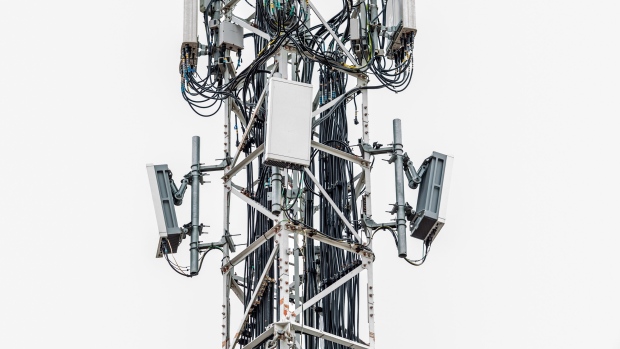Nov 16, 2021
FAA, FCC are making ‘progress’ on 5G signal woes
, Bloomberg News

Flight restrictions may be needed as air carriers adjust to 5G signals that could interfere with navigation electronics, the head of the Federal Aviation Administration said Tuesday.
At the same time, U.S. aviation regulators are having “very productive discussions” with the Federal Communications Commission and the telecommunications industry over concerns about the 5G technology, said FAA Administrator Steve Dickson.
Aviation industry officials have said that it’s possible that the signals could disturb safety equipment on airliners and helicopters, while the FCC and the telecommunications industry have said there is no evidence of a problem.
Dickson told reporters that he is confident the aviation industry can maintain its safety margins while allowing the 5G expansion being sought by the telecommunication industry.
“We are having very productive discussions and we will figure this out,” he said in answer to a question after a speech in Washington Tuesday. “It remains to be seen what mitigations -- whether it’s adjustments to deployment or actions that we need to take in the aviation sector -- what those will look like.”
Read More: 5G Rift Over Aviation Safety Widens on Eve of January Rollout
Dickson said for the first time that the FAA is looking at updating the standards for the devices known as radio altimeters, which use signals to determine a plane’s altitude above the ground.
“There’s going to be new standards developed for radio altimeters,” Dickson said. “What that looks like in terms of retrofits remains to be seen.”
One issue is that older radio altimeters may be more vulnerable to interference, so improving them might prevent the interference.
AT&T Inc. and Verizon Communications Inc. agreed to a 30-day delay until Jan. 5 in activating 5G signals on the airwaves in question. The mobile industry intends to launch the service after that, the wireless trade group CTIA said.
Further delay could give a leg up to T-Mobile US Inc., the rival provider that’s ahead on 5G network deployment.
Both sides have sought White House involvement in the dispute.
The FAA on Nov. 2 issued an alert to aircraft operators seeking more information on the issue and saying it was looking at “whether further mitigation is warranted.”
While he sounded an optimistic note, Dickson’s comments Tuesday were more specific about what actions the agency might have to take if it can’t assure the new, high-speed data channels won’t disrupt aviation equipment.
Radio altimeters are necessary for aircraft landings in low visibility conditions and also provide data for safety systems that warn pilots when they get too low or are in danger of a midair collision.
“If those are degraded but we don’t know how much, then we basically have to tell operators that they can’t use them for some period of time until we understand what the performance issues are,” Dickson said.
Measures could include restricting flights into certain conditions, or less burdensome actions including inspections and more generic warnings, he said. It may also be possible to mitigate concerns by actions from the telecommunication industry, he said. Some combination of actions on both sides may be possible, he said.
“The more dialog that we have -- and we’re having that dialog now -- the more surgical we can be in terms of what the mitigations have to be,” he said.





